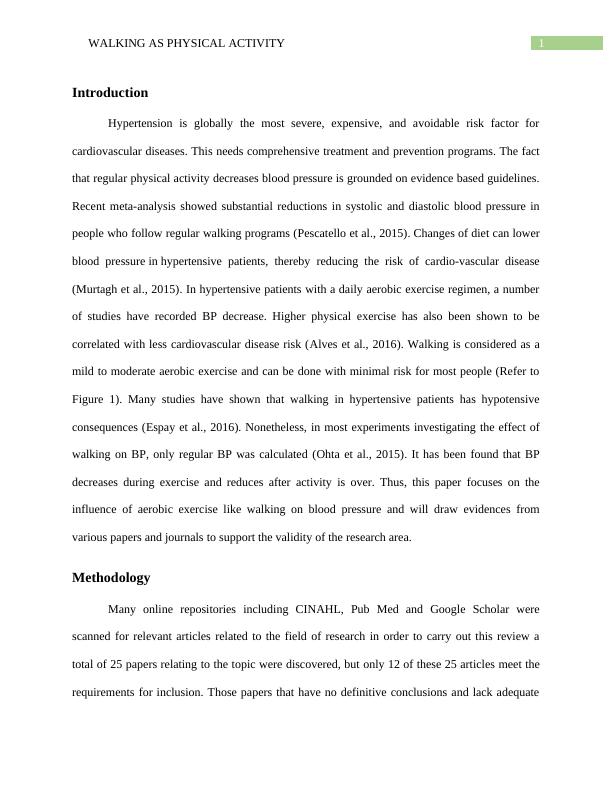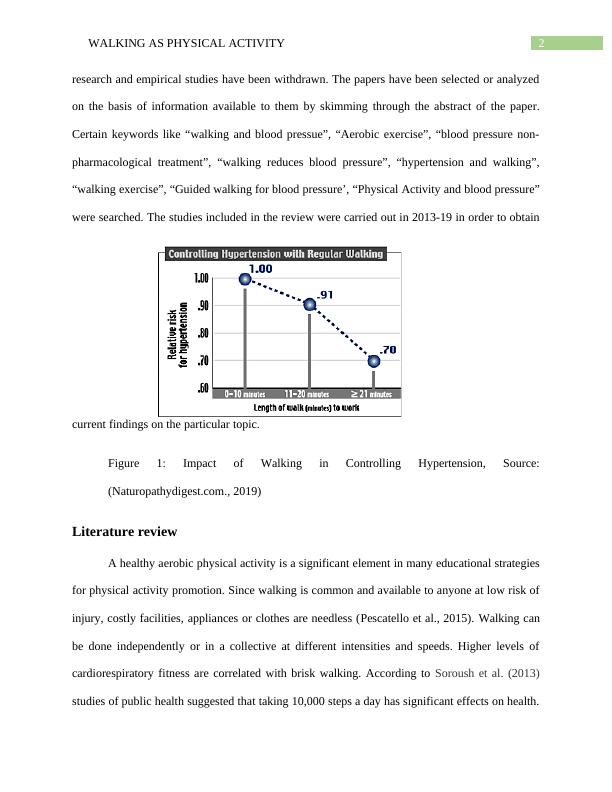Clinical ad Experimental Hypertension
10 Pages2702 Words27 Views
Added on 2022-08-23
Clinical ad Experimental Hypertension
Added on 2022-08-23
ShareRelated Documents
End of preview
Want to access all the pages? Upload your documents or become a member.
Physical Exercises Assessment 2022
|4
|794
|14
Depression, Coronary Heart Disease and Exercise
|3
|555
|262
Effectiveness of Daily Exercise Regimen on Blood Pressure in Hypertensive Patients
|5
|1219
|315
Study Material on Biology and Psychology
|12
|2644
|73
Assignment On Blood Pressure in Type 2 Diabetes
|4
|591
|103
Case Study on Patient Liz: Vulnerability to Cardiovascular Disorders
|9
|2395
|138



